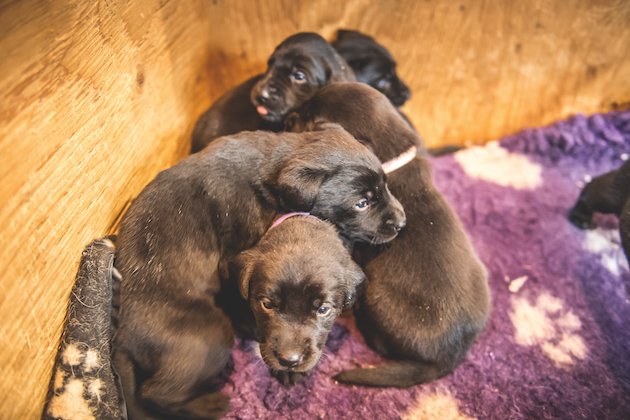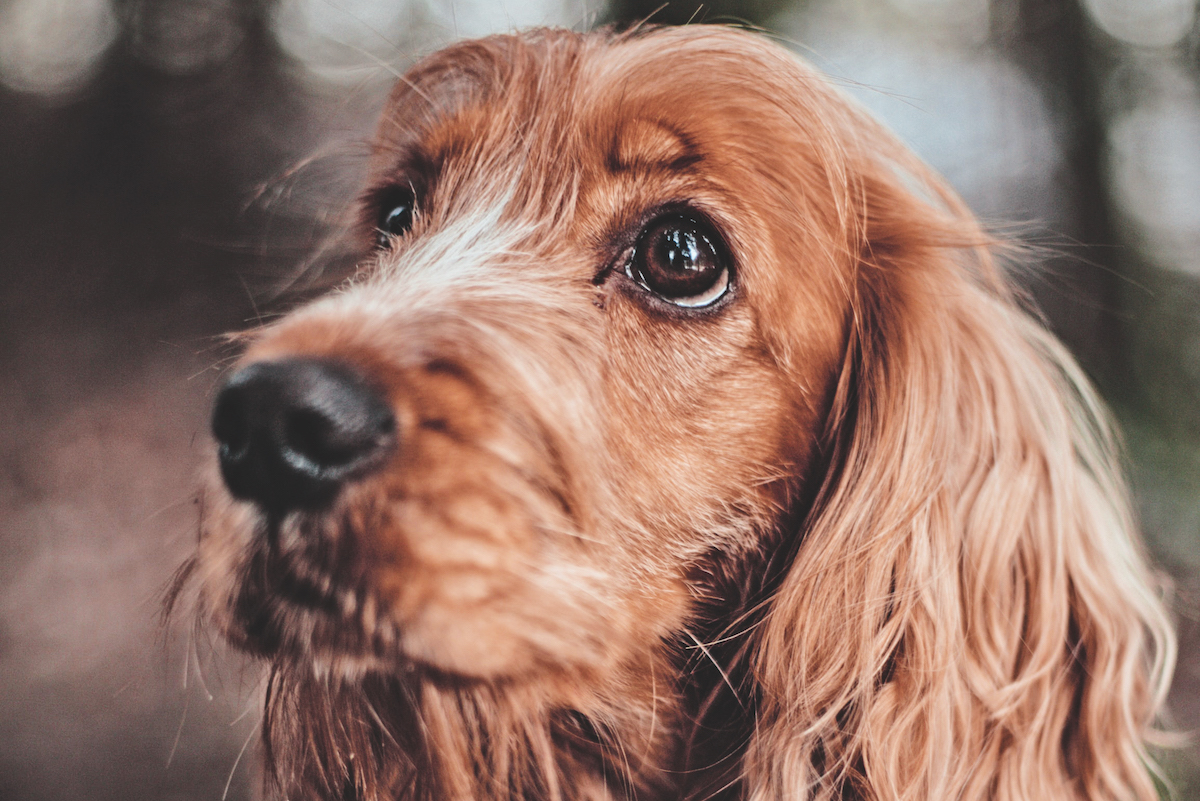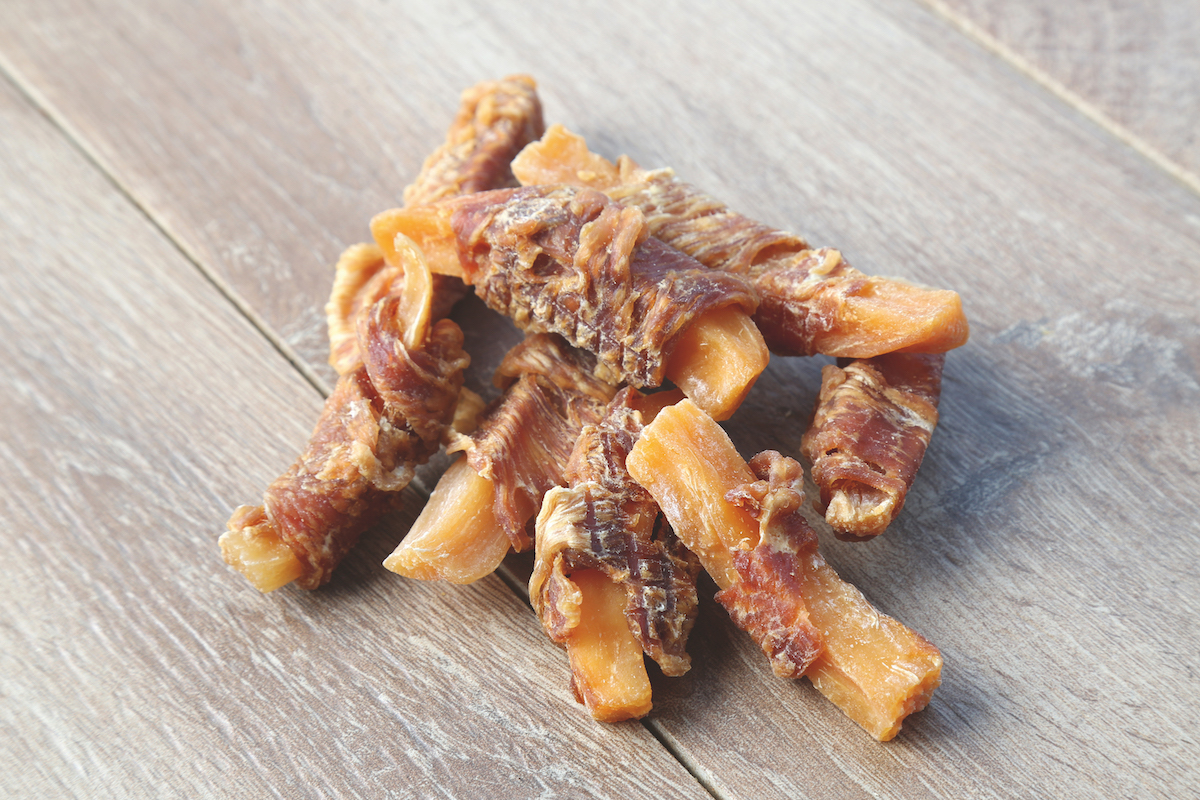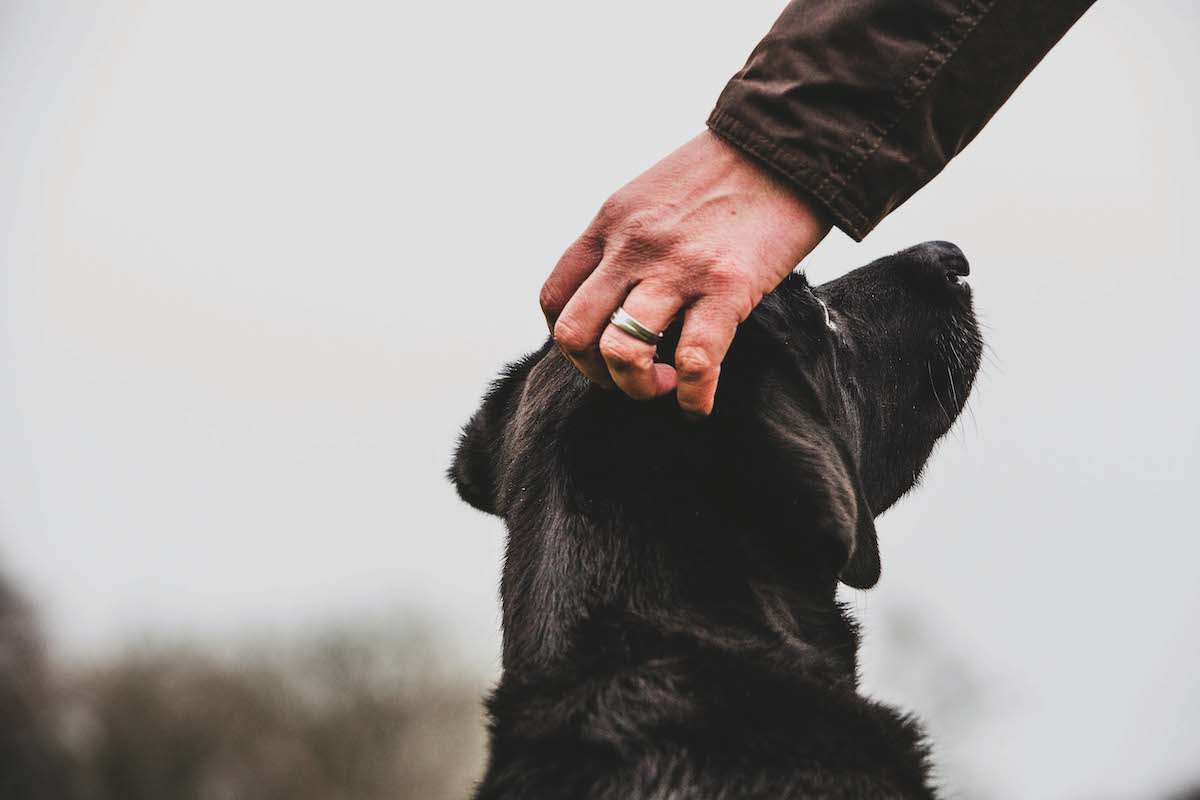Socialising puppies – top tips from a vet
Vet Neil McIntosh explains how to bring up a puppy that is well socialised

Q: I am a first time breeder and mindful of all the negative comments about the temperament of ‘Covid puppies’. How can I ensure my kennelled bitch will produce well socialised offspring? What can you advise me about socialising puppies? (Read how to use a slip lead correctly.)
Socialising puppies – what is it?
A: A good question and one that is difficult to answer in a short piece. ‘Socialisation’ is the process by which young animals display behaviour appropriate to the environment in which they live. It is important to remember that the ‘socialisation period’, while somewhat dependent on the species involved, is the period of an animal’s development during which it is most responsive to forming social attachments.
It is all a matter of survival really – whatever stimuli pups encounter in a calm way in the first few weeks of life they become habituated to so that the particular stimulus elicits no response, and so time and energy are not wasted on stress type responses (fight or flight).
Later in life, cynicism of new stimuli occurs, as a protective measure. If dogs are to develop the ability to live with their own and other species (dogs, humans, cats, etc) in a particular environment, then this is best accomplished within the socialisation period. The trouble is, for most puppies, this period ends around eight weeks, before they go to their new home. It is thus the breeder, and not the owner, who must prepare for this. You might also like to read more about socialising older dogs – and the issues that can arise.
Here’s what you might consider when socialising puppies:
Prenatal period
Fear and anxiety are highly heritable traits, so care must be taken not to breed from the best looking/performing dogs but also take temperament into account. Additionally, stressful events that occur to the bitch during pregnancy can increase cortisol production, which may cross the placenta and affect the developing nervous system of the foetus, subsequently priming puppies to be sensitive to stress hormones.
This is one of many reasons why we do not recommend moving pregnant bitches to different premises to whelp, even if supervision might be more experienced.
Rearing area
It is clear that kennelled dogs are subjected to different stimuli than those kept in a family home, so consideration should be given to appropriate lighting, furniture and even appliances.
The Dogs Trust, for example, produces free to download sound recordings of all the noises dogs are likely to encounter and these should be used (in a controlled manner) from about two to three weeks of age.
Remember that mum must be relaxed in order that the puppies remain calm. We all hark on about hygiene in the whelping box but it is also important that it provides a variety of objects that can be investigated and enables puppies to be separated from mum for short periods.
The first two weeks
Keep calm! Avoid loud noises, raucous visitors and other stresses. It is vital that handling is gentle and only occurs for short periods. Let them grow.
Week three
Get thinking. Use a soundtrack at low levels to habituate puppies to all sorts of sounds. It is also important, now that sensory development is taking place, that normal domestic sights and smells are introduced.
A month old
Introduce sensible visitors (after cleaning and shoe removal) and allow them to carefully handle pups all over. Other steady, non-offensive dogs can also be allowed to interact with puppies, providing they are supervised and mum does not get anxious.
Individual puppies should be removed for short periods and played with or allowed to explore. Groups of puppies can be ‘crated’ together for boundary training. I know of one colleague who uses a wheelbarrow! (Read an expert’s tips on crate training.)
Five weeks or so
Ever heard about the dog that will only do the toilet on grass, so can’t be taken to the city? Get puppies out and about on all types of surface. Maybe ask potential owners where they will walk/toilet their new dog. Consider grass, artificial turf, tarmac, sand, pebbles, etc. Introduce a wider variety of toys/items to investigate.
For potential gundogs I would suggest gentle banging of food bowls around the time of feeding, increasing the volume gradually so that noise is associated with a good time. Introduce separate food bowls to prevent resource guarding.
Before they go
Increase, with care, mildly stressful situations, always prepared to back track if anxiety occurs. Introduce short group, then individual, car journeys. Allow pups to explore a little further afield and experience different weather and the dark. Continue handling but add in a little gentle restraint, so that it does not subsequently initiate fear. Gradually separate pups for short periods, encouraging both playing and sleeping on their own.
It is hard work. Good luck.








